Baseball, hot dogs, apple pie, and…headaches? When it comes to being all-American, having at least one episode of head pain occurs in 90% of the American population. Researchers who have studied the prevalence of headache in adults in the United States report a high correlation with complaints of neck pain. When a headache originates from a traumatic injury or problem in the neck, or cervical spine, it is known as a cervicogenic headache. This type of headache is different from a migraine (of vascular origin) or tension headache (of muscular origin).
Cervicogenic pain typically originates on one side of the head or back of the neck and travels towards the top of the head and/or above the ears. Pain symptoms frequently increase with neck movement or with sustained postures of the head and neck, as in sitting for long periods of time at a computer. Hairdressers, truck drivers, or pharmacists often suffer from this pain, as do those who have experienced a stroke, traumatic brain, head or neck injury, or infection.
However, when these factors do not exist, one of the most common underlying causes is poor posture.
Normal postural alignment is dependent upon the maintenance of the three natural curves of the spine and the position of the head relative to the spine. The most common postural abnormality observed in individuals with neck pain and headache is a forward head posture. When the neck slides forward, placing the head in front of, rather than aligned directly over the shoulders, several biomechanical factors may lead to pain:
1. The forward pull of the weight of the head places excessive stress on the vertebrae of the neck. This stress may result in degeneration of the vertebral joints and disc and/or misalignment of one or more of the vertebra.
2. The muscles of the neck and upper back constantly overwork to counterbalance the pull of gravity on the head. These muscles become tight, leading to pain and loss of motion.
3. This position is usually accompanied by forward shoulders and a rounded upper back. This not only further contributes to the neck pain and headache but also can lead to an array of problems in the shoulder and arm.
When an individual is referred to a physical therapist for the treatment of head and neck pain, the therapist must perform a comprehensive assessment to accurately identify the sources of the pain. Evidence indicates that a combination of manual therapy and therapeutic exercise, including muscle stretching and strengthening, is the most effective way to reduce pain and to maintain the positive effects of treatment over time. There must also be an emphasis on patient education so that the individual avoids the postures that tend to precipitate pain.
Minding proper posture and stretching neck and back muscles on a regular basis can avoid the structural changes that can lead to a cervicogenic headache.
Gina Malloy is a physical therapist with New Beginning Physical Therapy, Inc., an in-home therapy company and can be reached at 760-218-9961 or online at NewBeginningPT.com.







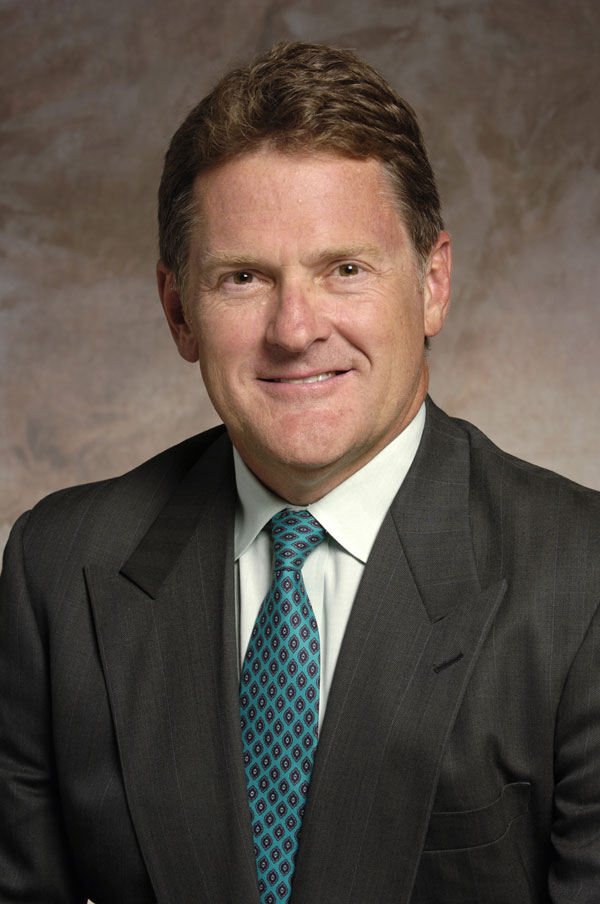
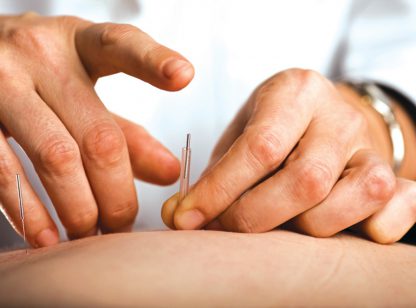
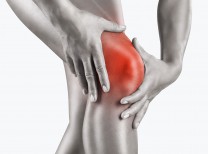
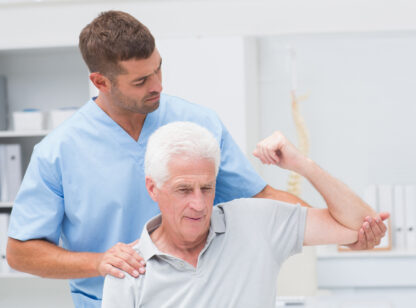
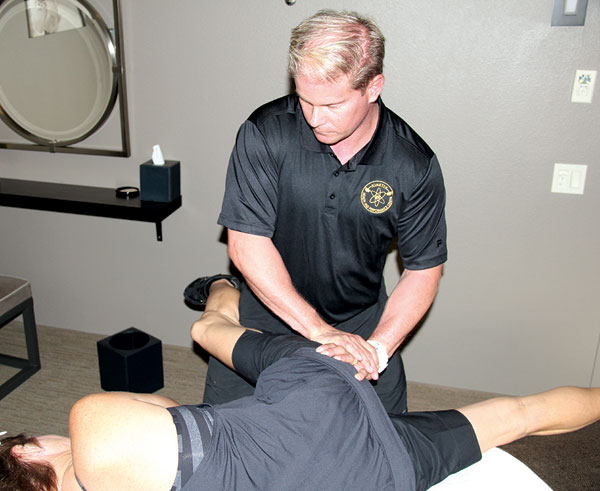



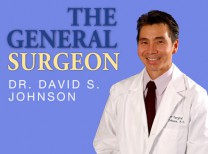




























Comments (0)